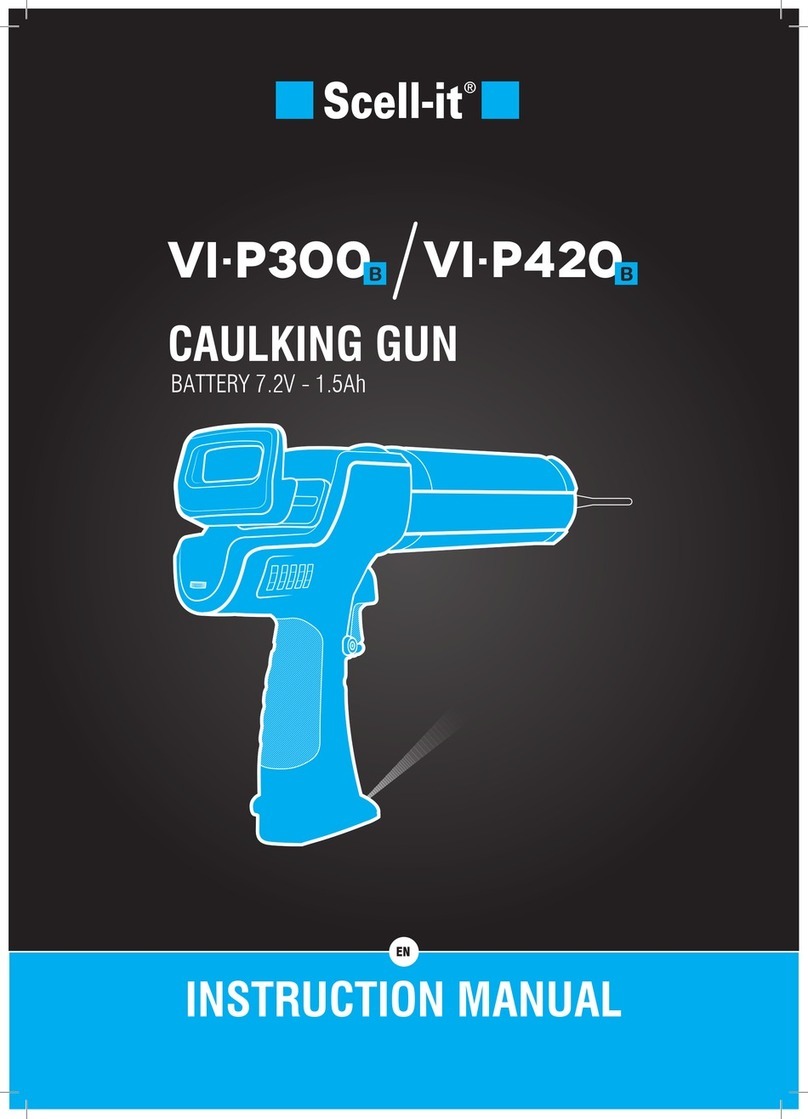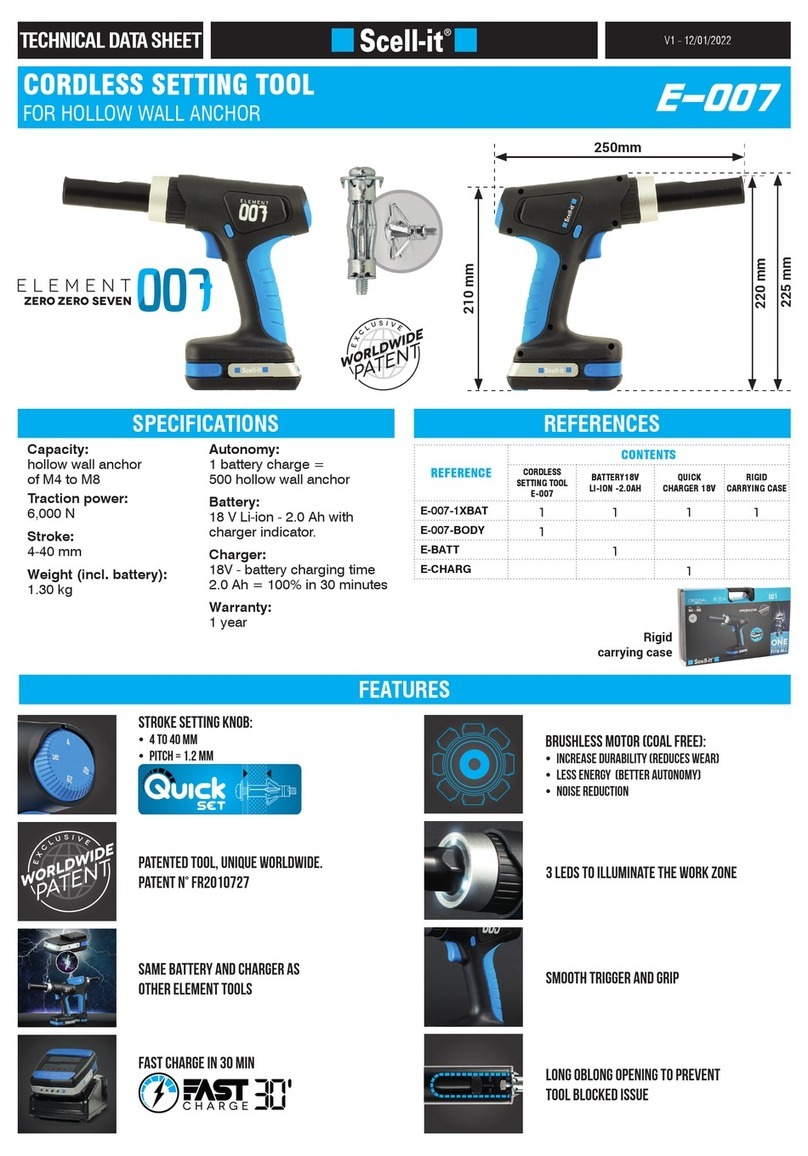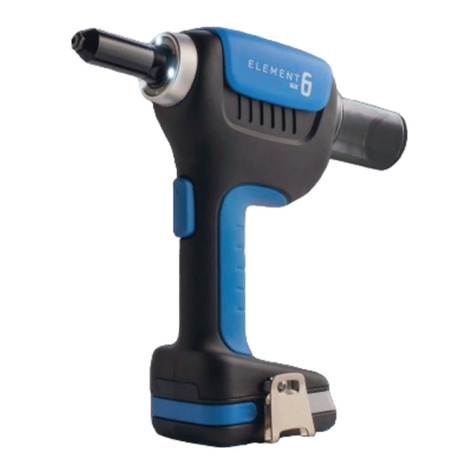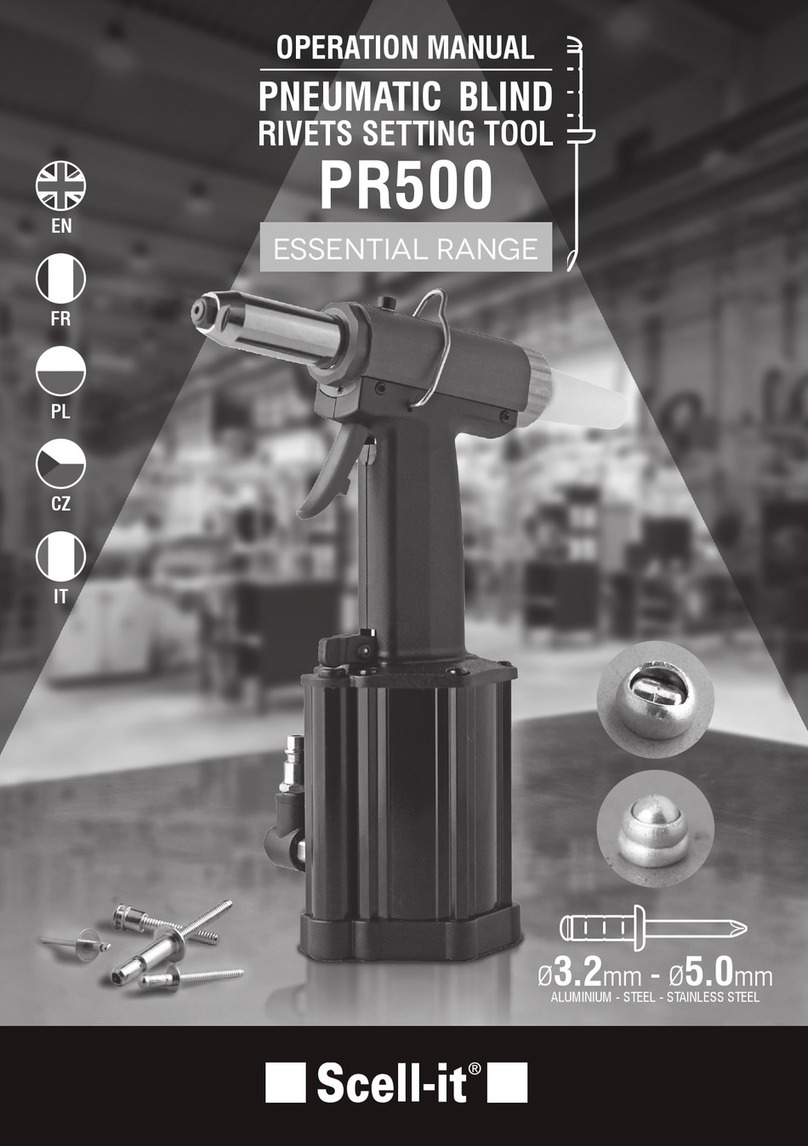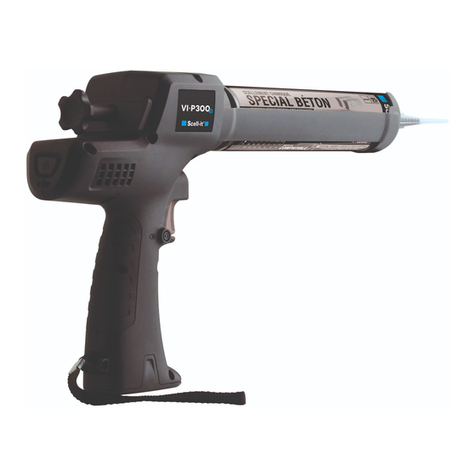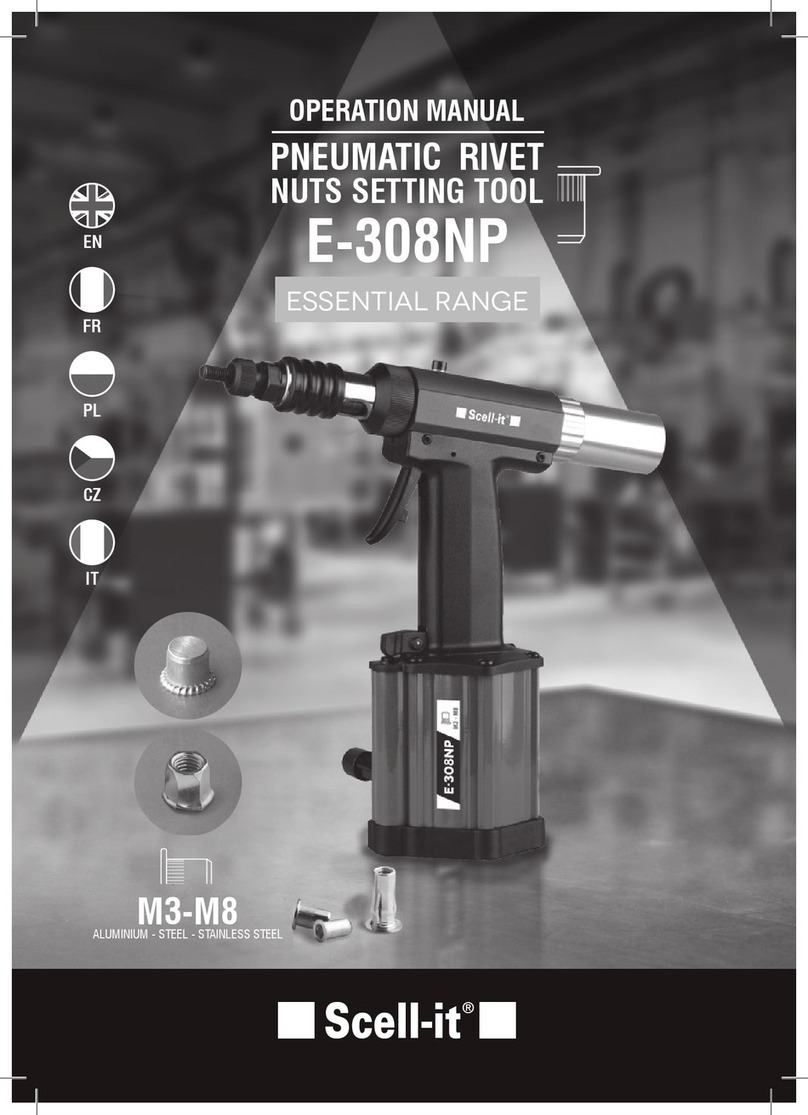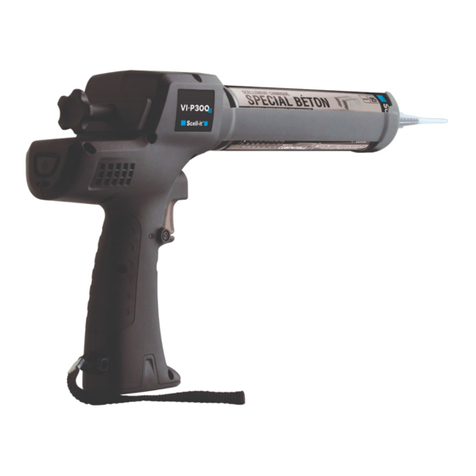
ELEMENT FIVE - User Manual • 3
EN
FR
PL
CZ
IT
IMPORTANT
SAFETY
INFORMATION
WARNING:
Read all safety warnings
and all instructions. Failure
to follow the warnings and
instructions may result in
electric shock, fire and/
or serious injury. Save all
warnings and instructions
for future reference.
Work area
1.Keep work area clean and well
lit. Cluttered and dark areas invite
accidents.
2.Do not operate power tools on
explosive atmospheres, such as in the
presence of flammable liquids, gases
or dust. Power tools create sparks
which may ignite the dust of fumes.
3.Keep children and bystanders
away while operating a power tool.
Distractions can cause you to lose
control.
Electric safety
1.Do not expose power tools to rain or
wet conditions. Water entering a power
tool will increase the risk of electric
shock.
Personal safety
1.Stay alert, watch what you are
doing and use common sense when
operating a power tool. Do not use a
power tool while you are tired or under
the influence of drugs, alcohol or
medication. A moment of inattention
while operating power tools may result
in serious personal injury.
2.Use personal protective equipment.
Always wear goggles. Protective
equipment such as dust mask,
non-skid safety shoes, hard hat, or
hearing protection used for appropriate
conditions will reduce personal injuries.
3.Prevent unintentional starting. Ensure
the switch is in the off-position before
connecting to power source and/or
battery pack, picking up or carrying
the tool. Carrying power tools with
your finger on the switch or energizing
power tools that have the switch on
invites accidents.
4.Remove any adjusting wrench or
wrench before turning the power tools
on. A wrench or wrench left attached
part of the power tool may result in
personal injury.
5.Do not overreach. Keep proper
footing and balance at all times. This
enables better control of the power tool
in unexpected situations.
6.Dress properly. Do not wear loose
clothing. Keep your hair, clothing and
gloves away from moving parts. Loose
clothes or a long hair can be caught in
moving parts.
7.You must check that the mandrel
container is well connected and
properly used.
Power tool use and care
1.Do not force the power tool. Use the
correct power tool for your application.
The correct power tool will do the job
better and safer at the rate for which it
was designed.
2.Do not use the power tool if the on-off
switch is defective. Any power tool that
cannot be controlled with the switch is
dangerous and must be repaired.
3.Disconnect the battery from
the power tool before making an
adjustment, changing accessories, or
storing power tools. Such preventive
safety measures reduce the risk of
starting the power tool accidentally.
4.Store the power tool out of the reach
of children and do not allow persons
unfamiliar with the power tool or these
instructions to operate the power tool.
Power tools are dangerous in the hands
of untrained users.
5.Maintain your power tool. Check for
misalignment of binding of moving
parts, breakage of parts and any other
condition that may affect the power
tools operation. If damaged, have
the power tool repaired before use.
Many accidents are caused by poorly
maintained power tools.
6. Use the power tool, accessories
and tool bits etc., in accordance with
these instructions and in the manner
intended for the particular type of
power tool, taking into account the
working conditions and the work to be
performed. The use of the power tool
for operations different from intended
could result in a hazardous situation.
Service
1.Have your power tool serviced by
a qualified repair person using only
identical replacement parts. This will
ensure that the safety of the power tool
is maintained.
Specific warnings
1.Hold power tool by insulated
gripping surfaces, when performing
an operation where the fastener may
contact hidden wiring.
Fasteners contacting a «live» wire may
make exposed metal parts of the power
tool «live» and could give the operator
an electric shock.
IMPORTANT SAFETY
INSTRUCTIONS FOR
CHARGER & BATTERY
1. Before using the battery charger,
read all instructions and cautionary
markings on battery charger, battery,
and product using battery.
2. Do not expose battery & battery
charger to water, rain or snow.
3. Use power tool only with specifically
designated battery packs. The use of
any other battery packs may create a
risk of injury and fire.
4. Do not charge at voltage higher
than indicated as charger specification;
otherwise, the charger will burn up.
5. Recharge only with the charger
specified by the manufacturer. A
charger that is suitable for one type of
battery pack may create a risk of fire
when used with another battery pack.
6. To reduce risk of damage of the
charger plug and cord, pull by plug
when disconnecting battery charger.
7. Make sure charger is located so that
it will not be stepped on cord, tripped
over, or otherwise subjected to damage
or stress.
8. An extension cord should not be
used unless absolutely necessary.
The use of improper extension cord
could result in a risk of fire and electric
shock. If extension cord must be used
make sure, it is correct and property
connected.
9. Do not operate battery charger with
damaged cord or plug - replace them
immediately.
10. Do not operate battery charger
if it has received a sharp blow, been
dropped, or otherwise damaged in
any way; send it back to a qualified
serviceman.
11. To reduce risk of electric shock,
unplug charger from receptacle
before attempting any maintenance or
cleaning. Removing the battery will not
